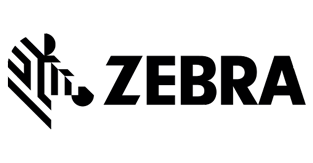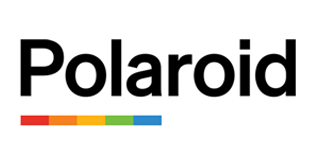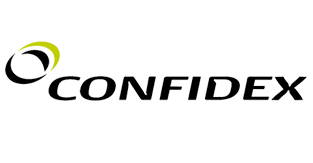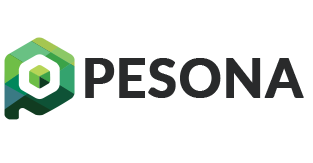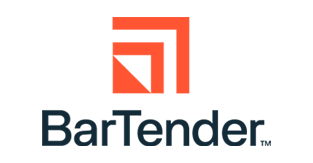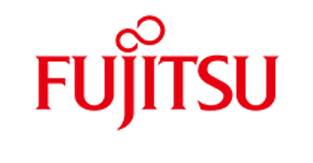Before you purchase, the type of printer you choose will depend on:
- The type of card you plan to use
- How many cards you plan to print
- How often you need to print cards
- What printing elements you need to incorporate into your card
The 5 major factors to consider when purchasing a card printer are:
- The type of card you plan to use
- Card size
- Printing speeds
- The physical properties of the printer
- Ease of use
- The type of printing you want
And here are some basic pointers with regards to card printers:
- Printing ID cards with your own card printer is a simple task. It just simply connects your printer to your computer and it will print out the same way like your paper printing machine. Plastic card printer prints your image on plastic instead of printing it on a piece of paper.
- Most card printers can handle plastic cards, equivalent to credit cards or driving licenses. These are standard CR-80 cards, measuring about 3.375 x 2.125 inches (85.5mm x 54 mm).
- The common thickness of a plastic card used are 10mil (0.25mm) or 30mil (0.76mm).
- Most of our card printers uses dye sublimation technology which requires a monochrome or colour ribbon.
- How do the card printers work? They work by placing the plastic card through a thermal print head together with the color ribbon. Then the color of the ribbon is passed onto the card through the heat given out by the print head.
- Other than printing, a card printer can also be used to encode magnetic stripes or contact/contactless smart cards for enhanced security.
- Not all card printers are able to print your card’s design in a full card (edge-to-edge) format. Thus, most of our customers opt for their cards to be pre-printed using offset printing and will then use a card printer to personalise the cards.
- Most card printers are connected to the PC via a USB interface. To print out your cards, you will usually need a card design software that can be purchased with your card printer.
- Magnetic stripe cards have been in existence since the early 70’s when they were used on paper and film-based ID cards as well as credit cards. Magnetic stripe technology is widely used throughout the world and remains the dominant technology in the United States for transaction processing and access control.
- Other technologies such as PDF bar codes and smart chip cards are now capturing part of the magnetic stripe market since they can hold more information.
- There are a wide variety of contact and contactless smart cards currently in use. The terms “Smart Chip Card, IC Card, and Smart Card” all refer to the same type of card. Smart cards feature an embedded, programmable chip and can store over 100 times more information than a magnetic stripe. They can also be reprogrammed to add, delete or rearrange data. The second type of smart card contains both a microprocessor as well as memory. Not only can cards can store massive amounts of information, but the micro-processor enables the card to make independent decisions regarding the information stored.
- Contactless smart cards utilize various RFID technologies to write and read. Many card printers print on these kinds of smart cards. Encoding or programming the electronic devices on these cards is typically accomplished by an external encoding or programming device, but contactless smart card encoders integrated into the card printer are increasingly available.
- Radio Frequency Identification Technology is a method of identifying objects using radio waves. RFID works by employing an RFID transponder (or tag) and a reader. The RFID transponder is comprised of a microchip that holds information to identify an object, product, or person and an antenna for transmitting this data to the reader. The antenna transmits the data to a reader that converts the radio waves to usable information.
- Unlike bar code and magnetic stripe technology, RFID transponders can be read anywhere within the magnetic field sent out by the reader. Radio waves can travel and be read through many non-metallic objects. Because RFID antennas can be embedded into many objects, including plastic cards, and still be detected, data is protected from the wear and tear of everyday use and environmental elements. Depending on the power of the reader, an RFID antenna can be read from direct contact up to 20 feet.
Magnetic stripe encoding terms:
– Coercivity: A technical term used to designate how strong a magnetic field must be to affect data encoded on a magnetic stripe. Coercivity is measured in Oersteds (Oe).
Coercivity is the measure of how difficult it is to encode information in a magnetic stripe.
– HiCo: Abbreviation for High Coercivity. HiCo magnetic stripes provide the highest level of immunity to damage by stray magnetic fields. They are more difficult to encode than LoCo magnetic stripes because the encoding requires more power. HiCo magnetic stripe cards are slightly more expensive for this reason.
– LoCo: Abbreviation for Low Coercivity. Easier to encode and slightly less expensive than HiCo magnetic stripe cards.
Source: Zebra Card Printer


